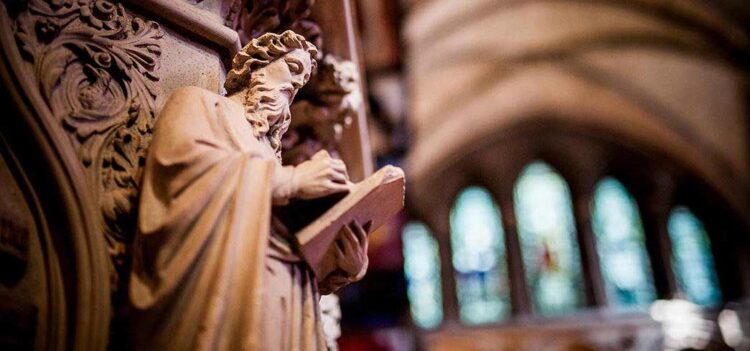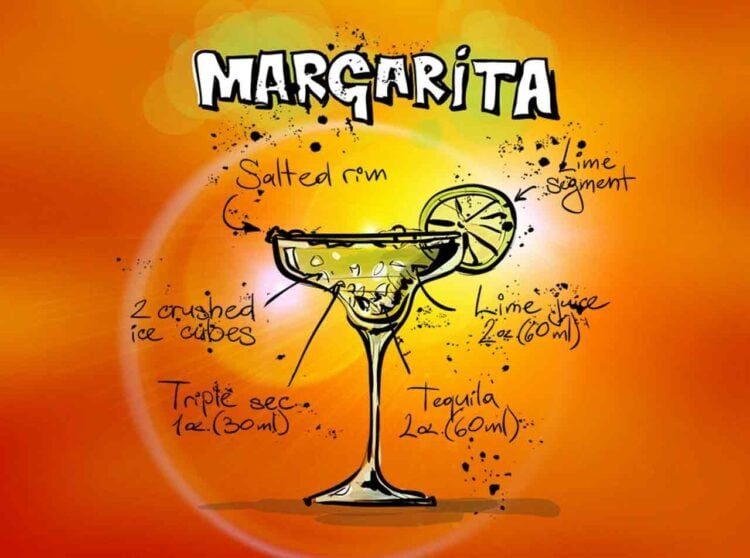History of St. Patrick’s Day

The Origin of Saint Patrick
From pots ‘o’ gold to pints of green beer, St. Patrick’s Day has a long and colorful tradition both in Ireland and abroad. Originally a day of mourning for the patron saint of Erin, the holiday has morphed into a celebration of all things Irish, with parades, parties and corned beef feasts paying homage to the Emerald Isle.
SUGGESTED READING: GAYOT’s Guide to St. Patrick’s Day
Saint Patrick was born as Maewyn in Wales around 385 A.D.
At the age of sixteen, he was kidnapped by bandits and sold into slavery in Ireland, where he lived for six years, herding sheep and developing a strong faith in God. Upon his escape to Gaul, he probably studied in the monastery of St Vincent, Lérins before ordination to the priesthood. He was later appointed as second bishop to Ireland — after Palladius — and his desire was to return to Ireland and convert people to the Christian faith. This ended up being a tumultuous mission that lasted 30 years.
St. Patrick did manage to convert thousands of Irish to Christianity; he founded hundreds of churches and, according to lore, “drove the snakes out of Ireland,” an act symbolizing the victory of the Christian faith over pagan rituals. In order to explain the doctrine of the Holy Trinity to local tribesmen, he used the three-leaf shamrock, its green color signifying renewal and the coming of spring after a long period of winter and “pagan” darkness.
St. Patrick’s Day Parade
Interestingly, the first St. Patrick’s Day Parade took place not in Ireland, but in Boston on March 18, 1737. This parade involved Irish immigrant workers marching to make a political statement about how they were not happy with their low social status and their inability to obtain jobs in America. The first Irish St. Patrick’s Day parade did not take place until 1931 in Dublin.




